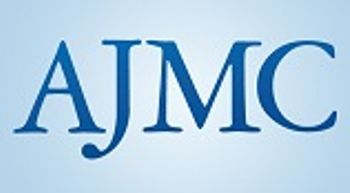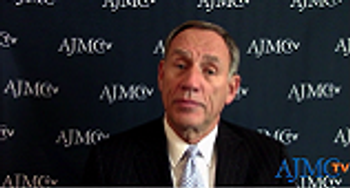
Most providers associate clinical documentation improvement (CDI) with the transition to ICD-10 coding, however, CDI - a process in which care providers receive feedback from specialists who review clinical documents - may also deliver clinical and financial benefits for healthcare organizations.











































